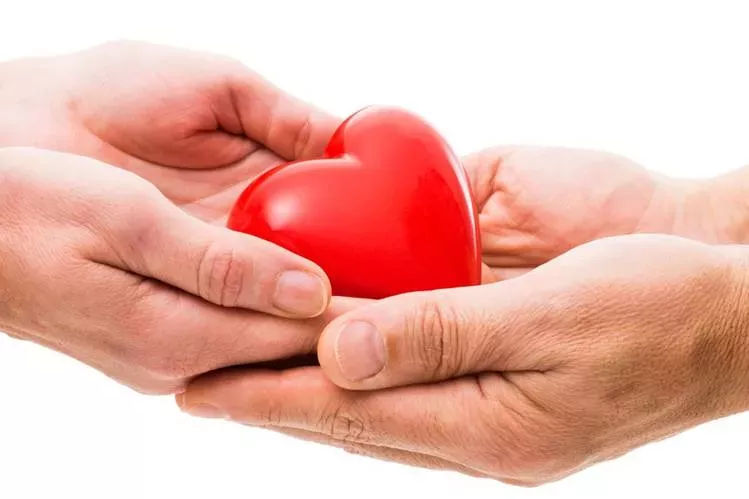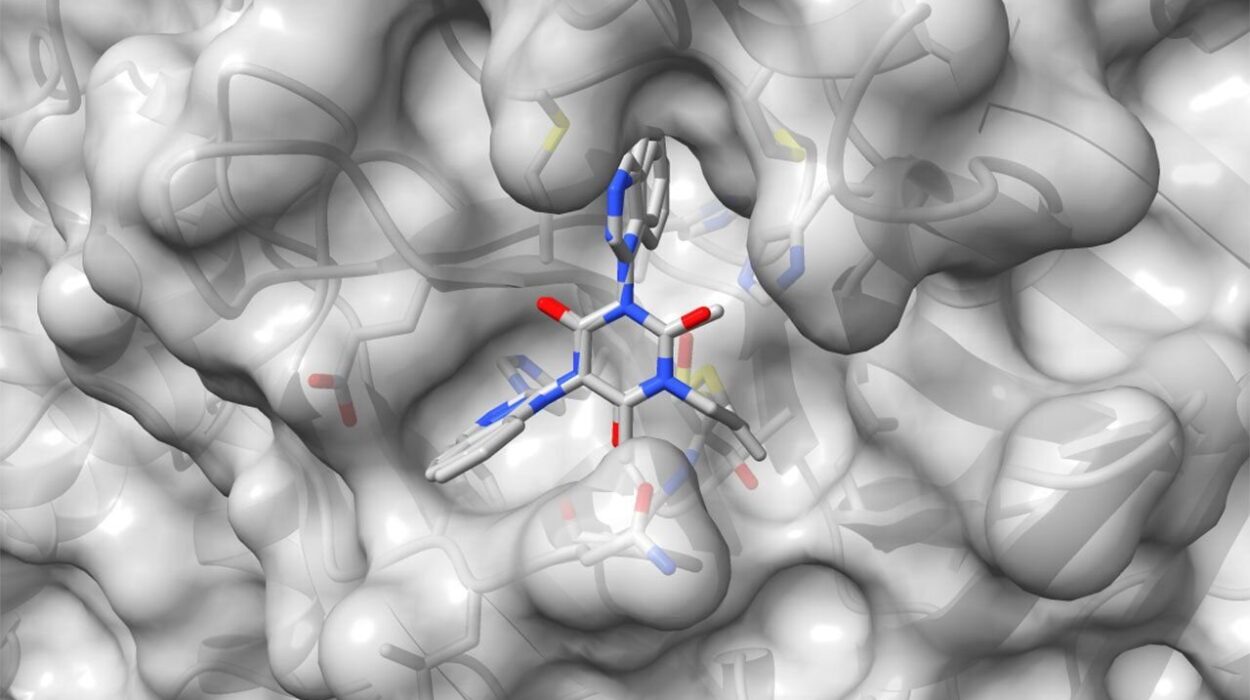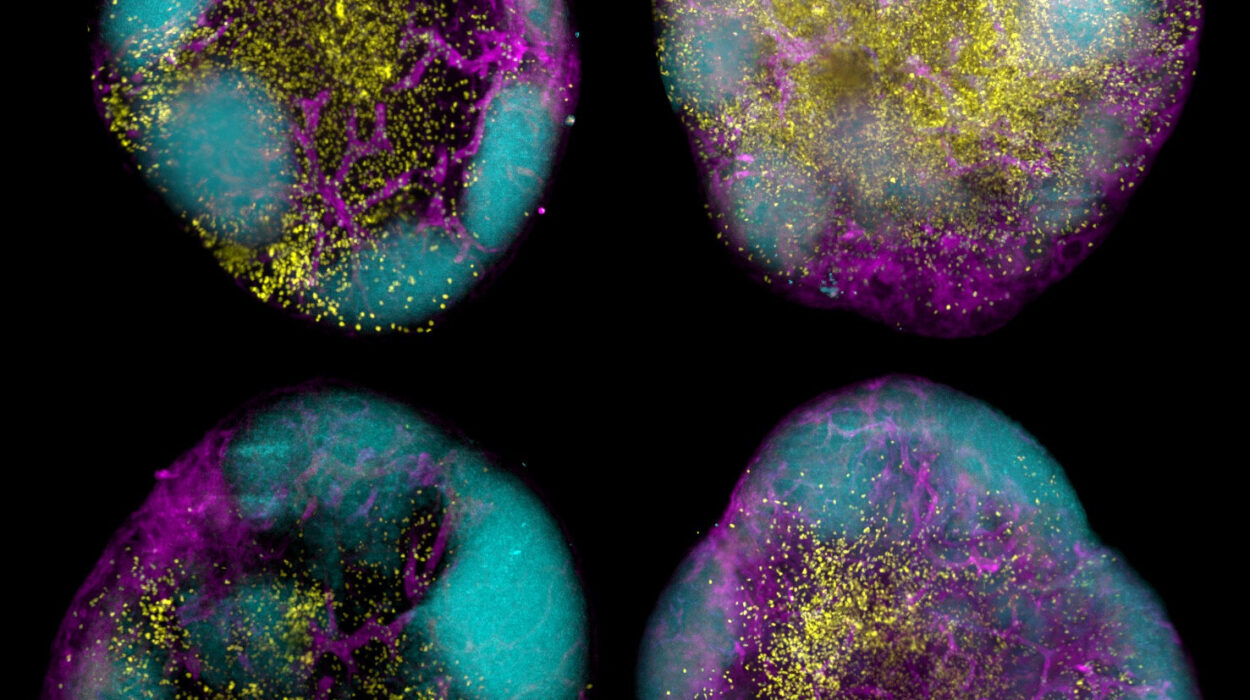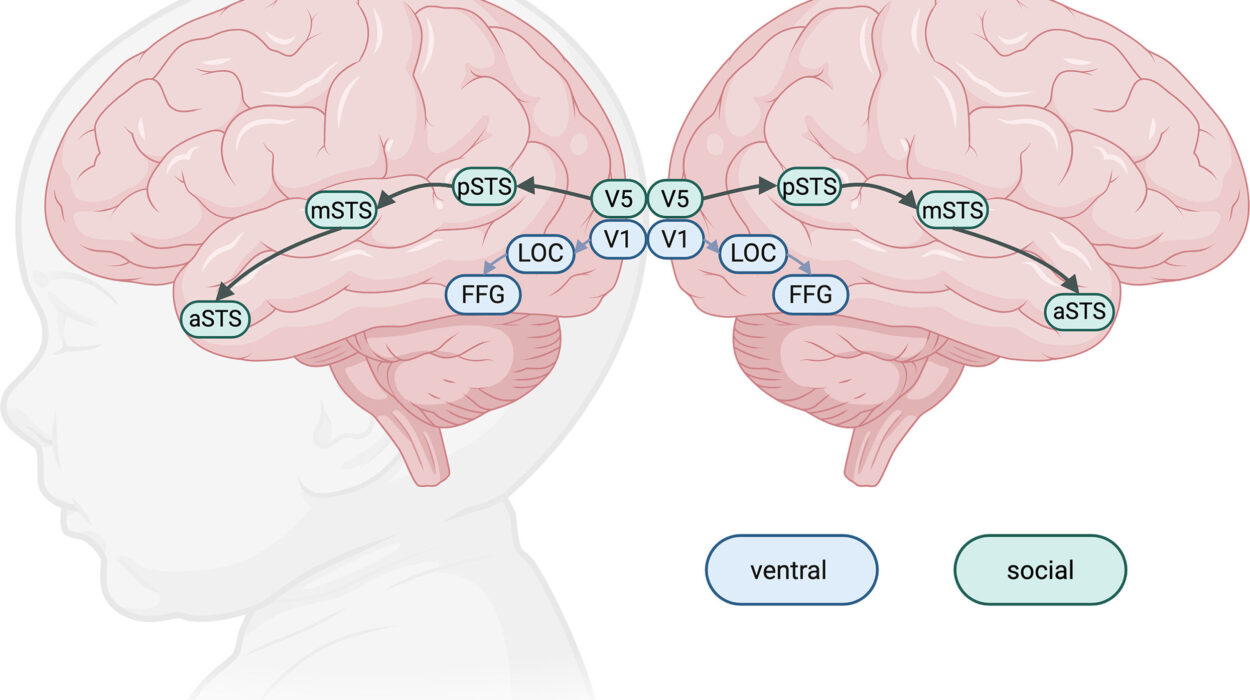In a world that constantly struggles with matters of life and death, there exists a quiet, profound act that bridges the two. Organ donation. It is a phrase that holds both hope and heartbreak, science and sacrifice. Every day, lives are saved by those who choose to give a part of themselves—sometimes literally—to another. The story of organ donation is more than just medical logistics. It is a deeply human narrative of love, ethics, innovation, and mystery. It begins at the intersection of medicine and morality and extends into the halls of philosophy and the chambers of the human heart.
The need for organs is relentless. Across the globe, millions wait in silent desperation for a transplant that could mean the difference between life and death. Hearts, kidneys, livers, lungs, and corneas are among the many organs and tissues that can be donated. Yet, the supply never seems to match the demand. Myths cloud the decision-making process. Ethical dilemmas complicate the systems. But the science is spectacular. Organ donation is a marvel that reflects both the triumphs and the challenges of modern medicine.
The Science of Organ Donation: How It Works
To truly appreciate organ donation, one must first understand the science behind it. The human body, though fragile, is an intricate and resilient machine. Certain organs can be removed and transplanted into another body to take over the function of a failing organ. It’s one of the few miracles of modern medicine that feels like something out of science fiction, yet it is grounded in decades of research, technology, and surgical expertise.
Organ transplants rely on meticulous compatibility. Blood type, tissue type, and genetic markers must align to minimize the risk of rejection. Immunosuppressant drugs, introduced into transplant medicine in the mid-20th century, revolutionized the field by helping the recipient’s body accept the new organ. These drugs come with side effects and risks, but without them, transplantation would rarely succeed.
There are two main categories of organ donation: living and deceased. Living donors can give a kidney, part of their liver, or even a lung lobe. Deceased donors, who have consented to organ donation before death or whose families agree to it afterward, can save up to eight lives and enhance dozens more through tissue donation. The process begins with medical evaluation, organ preservation, matching to a recipient, and surgical transplantation.
Time is critical. Organs cannot survive indefinitely outside the body. Kidneys can last up to 36 hours, but hearts and lungs have a window of only 4 to 6 hours. This urgency requires an enormous coordination effort among hospitals, transplant centers, and organ procurement organizations.
Historical Roots and Medical Milestones
The concept of organ donation is not new. The idea of replacing body parts has ancient roots. In Chinese, Indian, and Greek traditions, mythical and spiritual references to body part replacements abound. However, the first real scientific leap came in the early 20th century.
In 1905, Eduard Zirm performed the first successful cornea transplant in what is now the Czech Republic. Then, in 1954, Dr. Joseph Murray performed the first successful kidney transplant between identical twins in Boston, an event that earned him a Nobel Prize decades later. These early transplants skirted the major hurdle of immune rejection due to genetic similarity.
The real game-changer came with the development of immunosuppressive therapy in the 1960s and 1970s. Drugs like azathioprine and cyclosporine made it possible to transplant organs between genetically different individuals. The 1980s saw the rapid expansion of liver, heart, and lung transplants, transforming organ donation into a global practice.
Today, regenerative medicine, 3D bioprinting, and stem cell research are pushing the boundaries even further. Scientists are exploring how to grow organs in labs using a patient’s own cells, potentially eliminating the risk of rejection entirely. It is a field brimming with potential, and its origins lie squarely in the humble beginnings of organ donation.
Ethics in Organ Donation: Who Decides and How?
As much as organ donation is a scientific achievement, it is equally an ethical labyrinth. At its core lies a fundamental question: who has the right to give or receive an organ?
Ethical issues emerge at every step. The decision to donate, the choice of recipients, the allocation of scarce organs—all carry moral weight. The principle of informed consent is vital. People must willingly and knowingly choose to become donors. In some countries, consent is explicit; individuals must register as donors. In others, consent is presumed, and individuals must opt out if they do not wish to donate.
The allocation of organs raises additional challenges. How should we decide who gets a life-saving liver or a compatible kidney? Should the system prioritize urgency, compatibility, age, or potential quality of life? These are not hypothetical questions. They guide real decisions made every day by transplant committees.
Then there’s the issue of compensation. Paying for organs is illegal in most parts of the world to prevent exploitation, but this creates tension in societies where poverty is widespread, and the black market thrives. In some regions, unethical practices such as organ trafficking and transplant tourism have created a shadowy underworld that preys on the vulnerable.
Brain death is another ethical minefield. Legally, death is declared when brain function ceases, even if the heart is still beating with mechanical support. But for some families and cultures, this definition is controversial. The line between life and death, in such moments, is painfully blurred.
Despite these challenges, most ethicists agree that organ donation, when handled transparently and compassionately, is an act of profound altruism and social solidarity.
Religion and Organ Donation: Diverse Perspectives
Religion plays a significant role in shaping attitudes toward organ donation. Different faith traditions offer varying interpretations, sometimes supportive and sometimes cautious.
In Islam, the preservation of life is a fundamental principle. Many Islamic scholars and organizations support organ donation, provided it does not violate the dignity of the deceased. However, differences in opinion exist, and consent remains a key issue.
Christianity, particularly the Catholic Church, generally supports organ donation as an act of charity and love. Pope John Paul II called it a “genuine act of love.” Protestant denominations tend to hold similar views, emphasizing individual conscience.
Judaism values the saving of life—pikuach nefesh—above almost all else. Most rabbis support organ donation, though traditional Jewish law requires that death be clearly established before organs are removed.
Hinduism and Buddhism, with their beliefs in reincarnation and karma, offer nuanced perspectives. While some adherents express concerns about bodily integrity after death, others view donation as a selfless act that generates good karma.
Ultimately, religious acceptance often depends on personal interpretation. Many religious leaders encourage followers to discuss the issue openly and make informed choices in alignment with both faith and personal ethics.
Debunking the Myths: Fear, Fiction, and Facts
Despite the clear benefits of organ donation, myths and misinformation continue to cloud public perception. These myths can deter potential donors and fuel mistrust in the system.
One of the most pervasive myths is that doctors won’t work as hard to save a registered organ donor’s life. This belief is unfounded. Medical professionals are trained and ethically bound to save lives. The organ donation team is only involved after a patient is declared legally dead.
Another common misconception is that organ donation is against religious beliefs. As discussed, most major religions support donation as a charitable act.
Many people believe that they are too old or too sick to donate. In reality, age is not an automatic disqualifier. Organs and tissues are evaluated for suitability at the time of death. Even people with certain medical conditions can become donors.
There’s also the myth that wealthy or famous individuals receive priority in organ allocation. In reality, systems like UNOS (United Network for Organ Sharing) in the U.S. operate under strict guidelines that prioritize medical need and compatibility, not wealth or fame.
Myths thrive in silence. Public education campaigns, open conversations, and personal testimonials are powerful tools for dispelling fear and encouraging informed decisions.
The Emotional Landscape: Stories of Hope and Healing
Organ donation is a medical procedure, yes—but it is also an emotional journey. Behind every transplant are two families: one grieving a profound loss and the other celebrating a second chance at life.
For donor families, the decision to donate in a time of unimaginable sorrow can bring a sense of purpose. Knowing that their loved one’s death gave others the gift of life can be a source of comfort and pride.
For recipients, organ transplants are more than just treatments—they are lifelines. The gratitude they feel often inspires a deep sense of responsibility. Many become advocates for donation, sharing their stories in schools, communities, and media platforms.
The meeting of donor families and recipients, when it happens, is among the most emotionally charged and transformative moments imaginable. Tears, hugs, and stories are exchanged. In that moment, the human spirit triumphs over tragedy, creating a legacy that binds strangers together forever.
Global Landscape of Organ Donation
Organ donation practices vary widely across the globe. In countries like Spain and Austria, presumed consent policies have led to high donation rates. These systems operate under the idea that unless an individual has opted out, they are considered willing donors.
The United States uses an explicit consent system, and while it leads in transplant technology, its donation rate remains below optimal. Efforts to improve donor registration include educational campaigns, integration with driver’s license renewals, and hospital outreach programs.
Developing nations face different challenges. Lack of infrastructure, inadequate surgical facilities, and cultural barriers often hinder donation and transplantation efforts. In some regions, black-market organ trade flourishes in the absence of strong legal frameworks.
International organizations such as the World Health Organization and the Declaration of Istanbul Custodian Group work tirelessly to promote ethical practices, improve legislation, and ensure fairness in global transplantation.
The Future of Organ Donation: Innovation and Possibility
As science marches forward, the future of organ donation is being reshaped in extraordinary ways. Xenotransplantation—the transplantation of animal organs into humans—is once again on the frontier of experimental medicine. Recent breakthroughs with genetically modified pig hearts have renewed interest, although ethical and medical concerns remain.
Regenerative medicine is perhaps the most promising avenue. Scientists are developing bioengineered organs using a patient’s own cells, which could one day eliminate the need for donors altogether. Lab-grown bladders and windpipes have already been transplanted successfully in experimental settings.
3D bioprinting adds another layer of potential. Using specialized printers, researchers are trying to recreate complex organs layer by layer. Though we are still years away from printing a functioning human heart, the progress is nothing short of revolutionary.
Artificial organs and wearable devices are also evolving. Devices like the Total Artificial Heart offer temporary support for patients waiting for transplants, and innovations in dialysis and liver support continue to extend life for those in need.
What was once the domain of science fiction is slowly becoming reality. The future of organ donation may look very different from its present, but the underlying goal—saving lives—remains unchanged.
Conclusion: The Ultimate Act of Kindness
Organ donation is one of humanity’s most selfless acts. It asks us to think beyond ourselves, beyond life itself, and consider how we might live on—not in memory alone, but in breath and heartbeat, in sight and movement, in second chances.
It is a medical marvel born of science and sustained by ethics, compassion, and courage. It is shaped by culture, guided by laws, and supported by communities. And it is plagued, still, by myths and misunderstandings that we must continue to challenge.
Whether you choose to donate or not, the conversation itself matters. It is in talking, sharing, and understanding that we grow as a society. Perhaps the greatest legacy anyone can leave is life itself.
To be an organ donor is to write a final chapter of life that begins anew in someone else’s story. It is not just about death—it is about renewal, resilience, and the enduring power of the human spirit.






